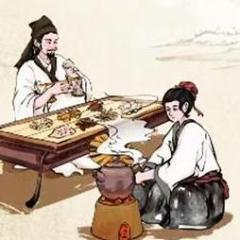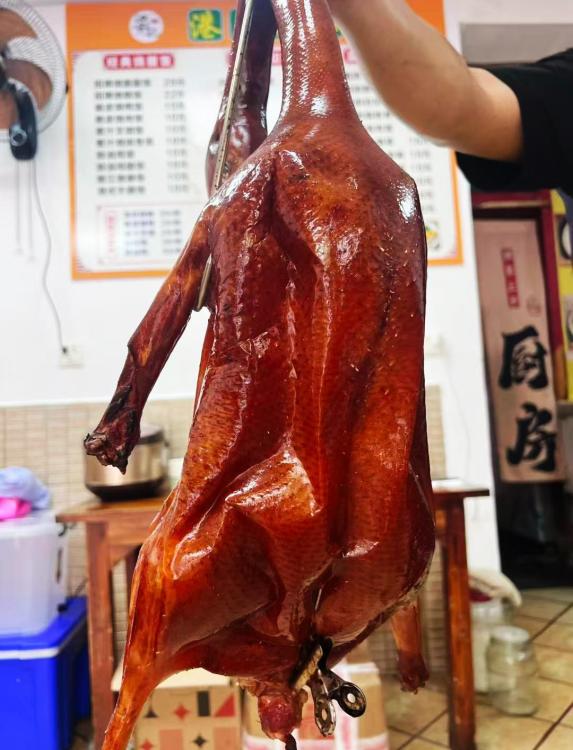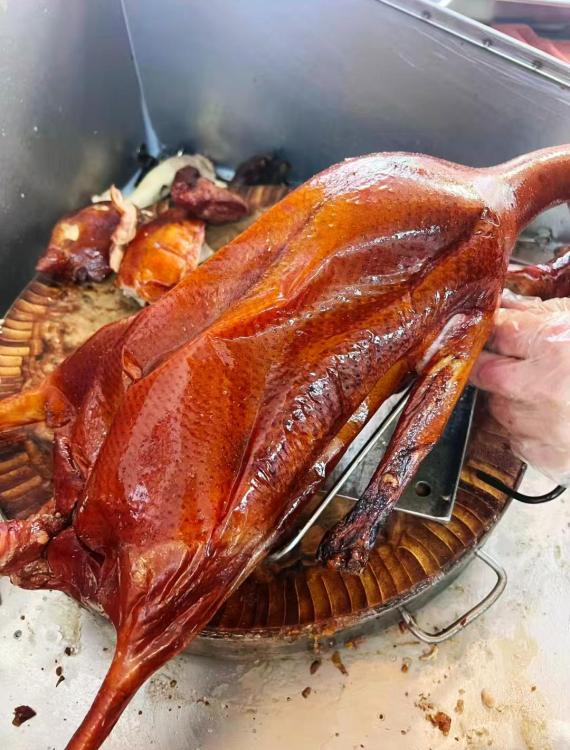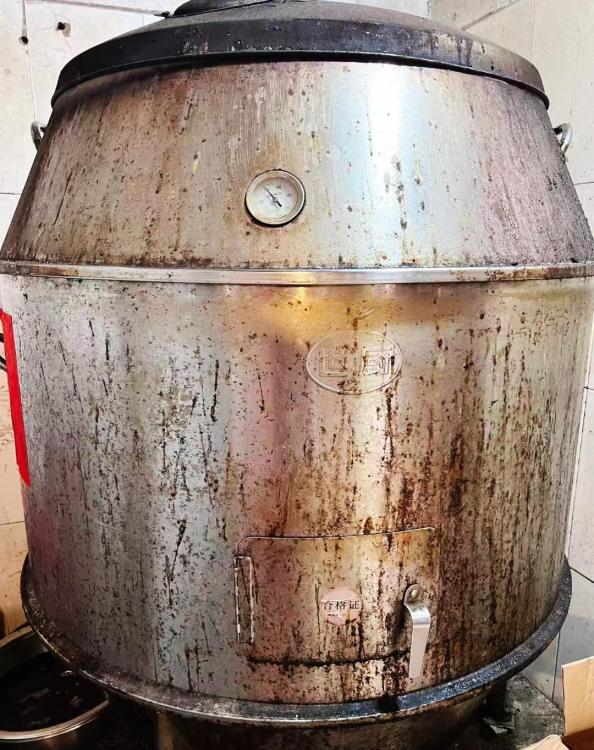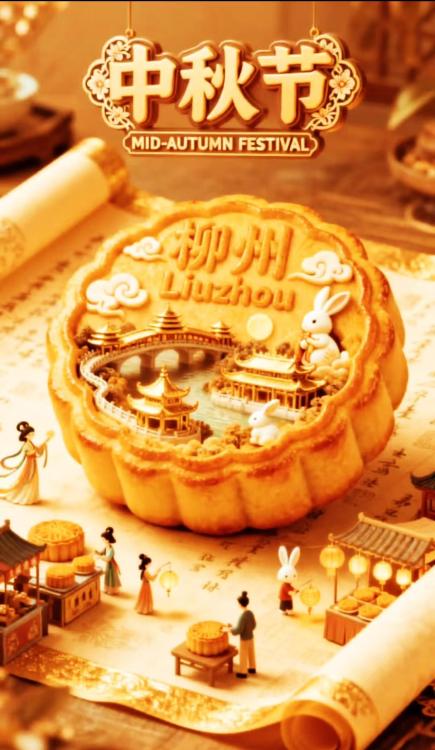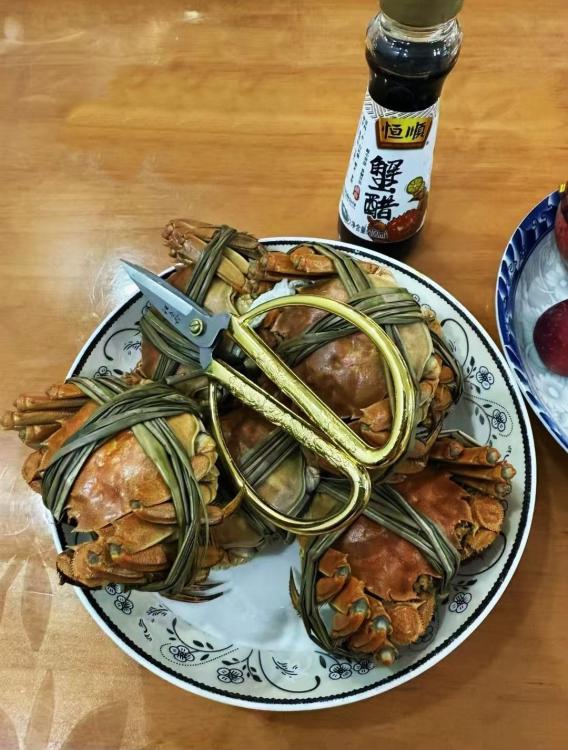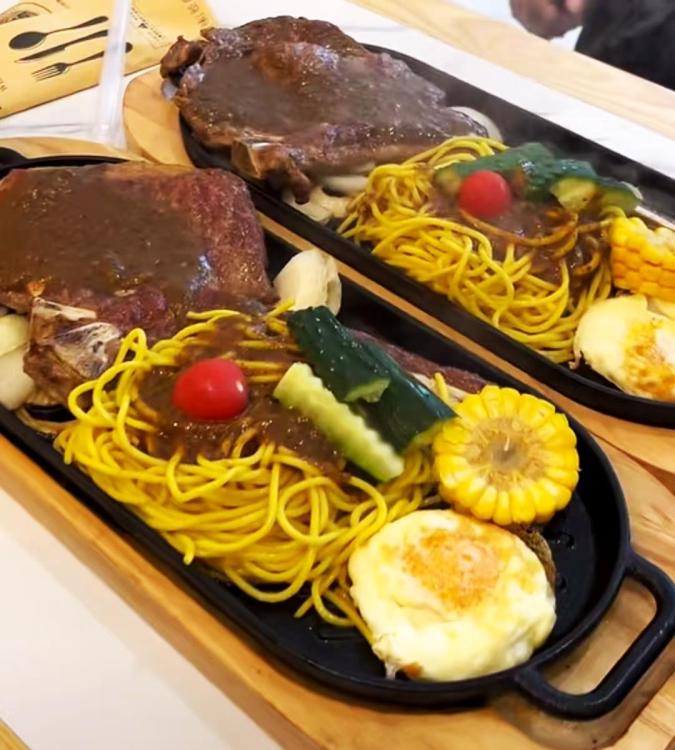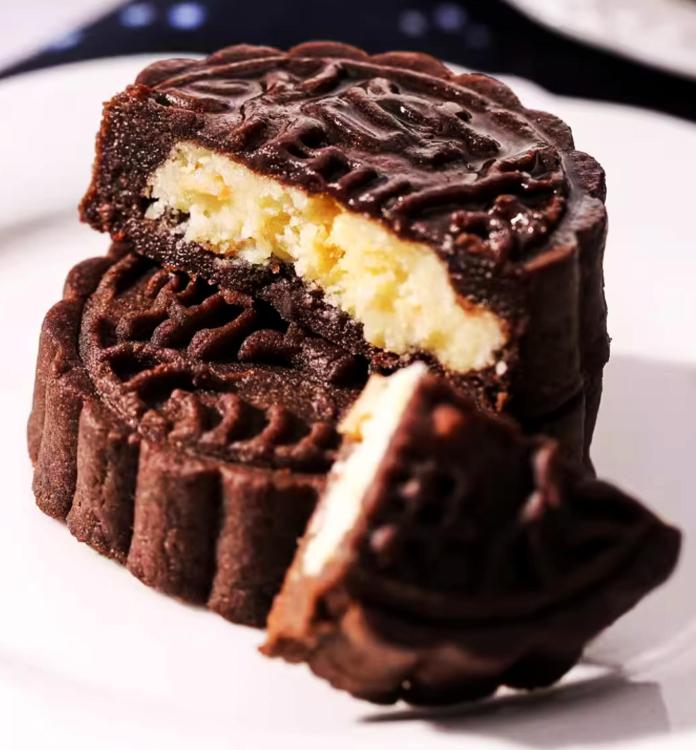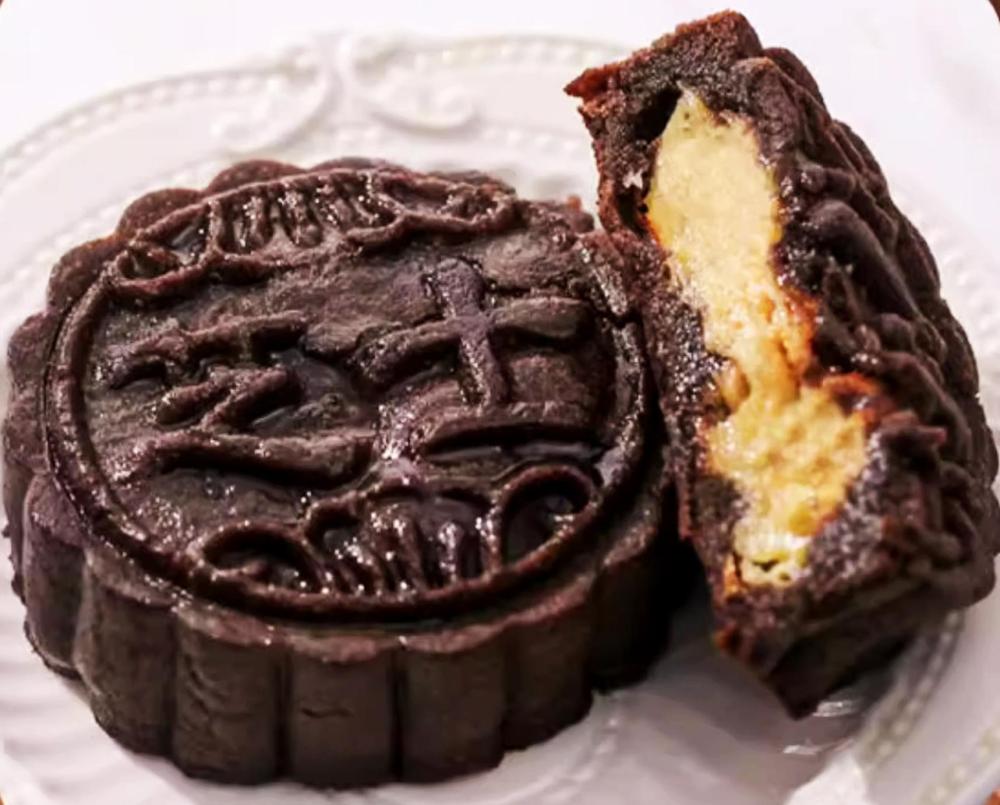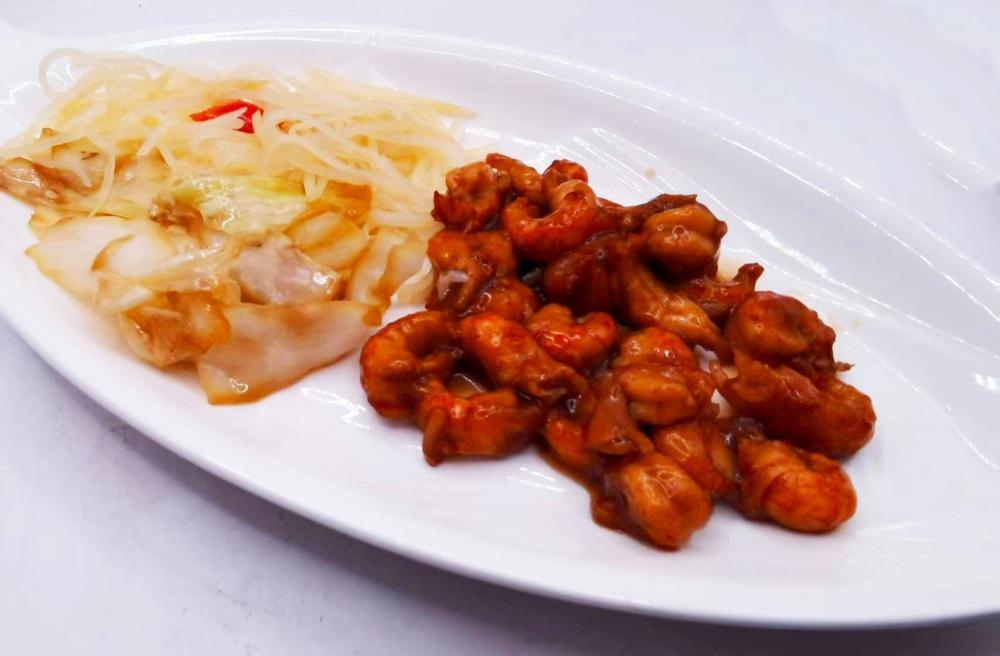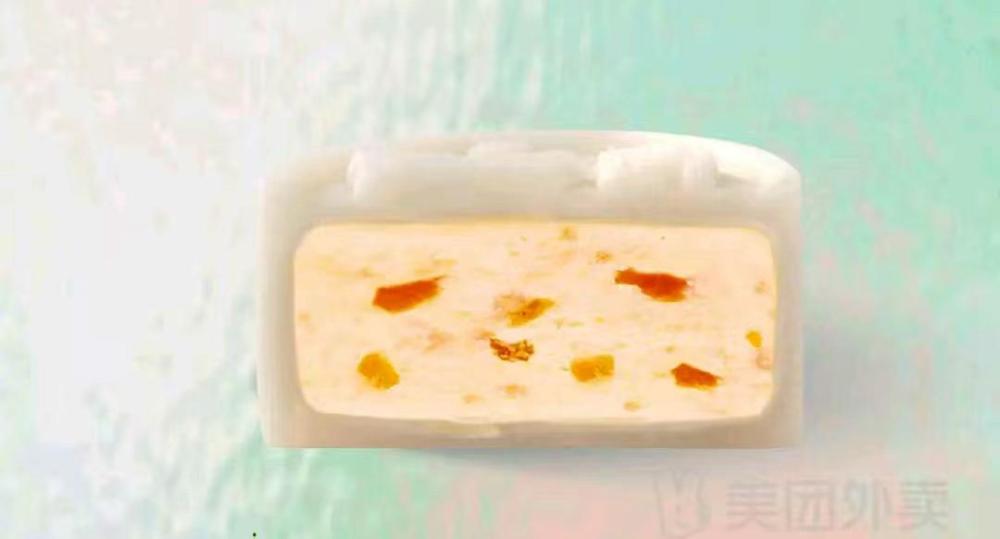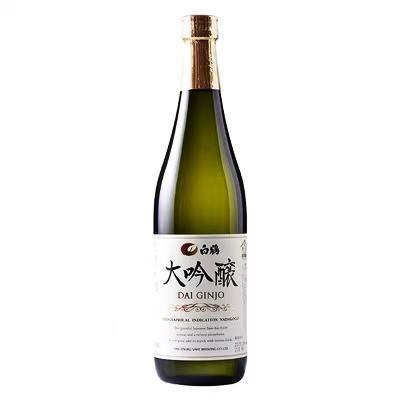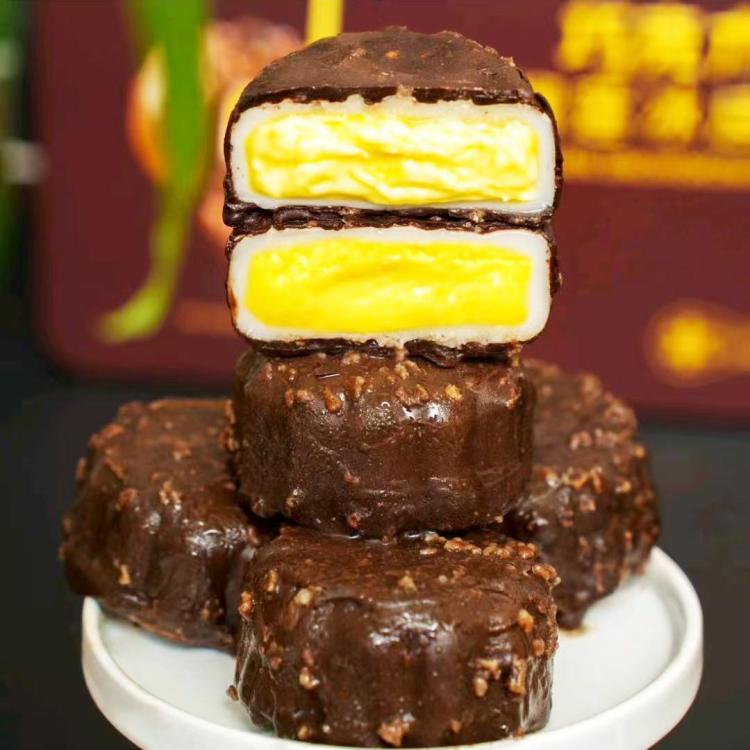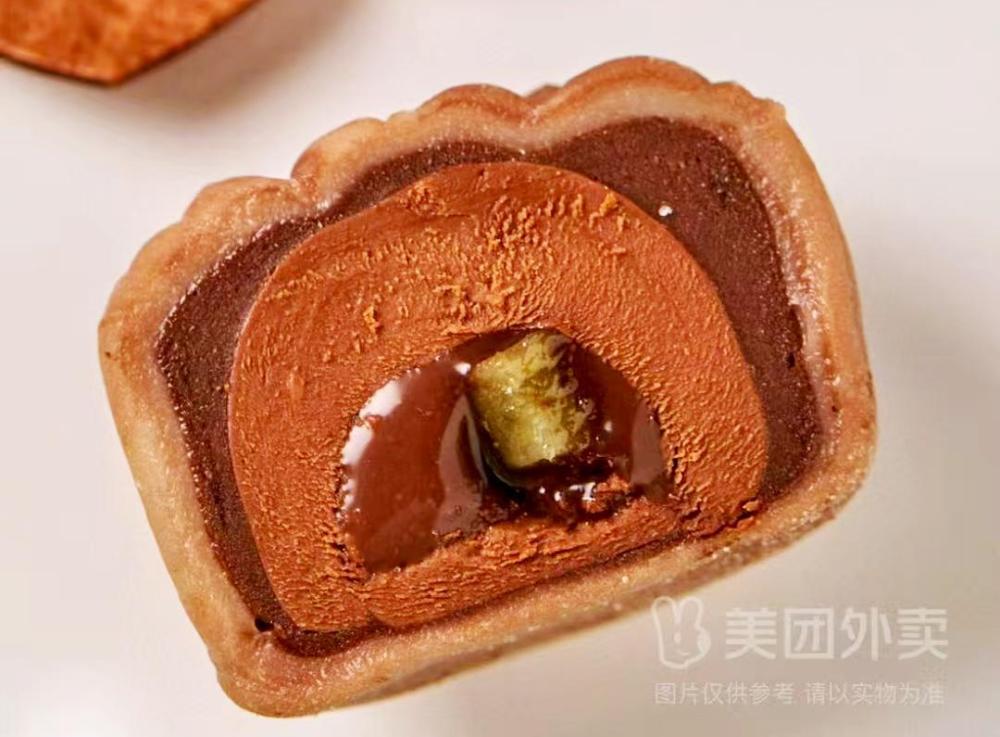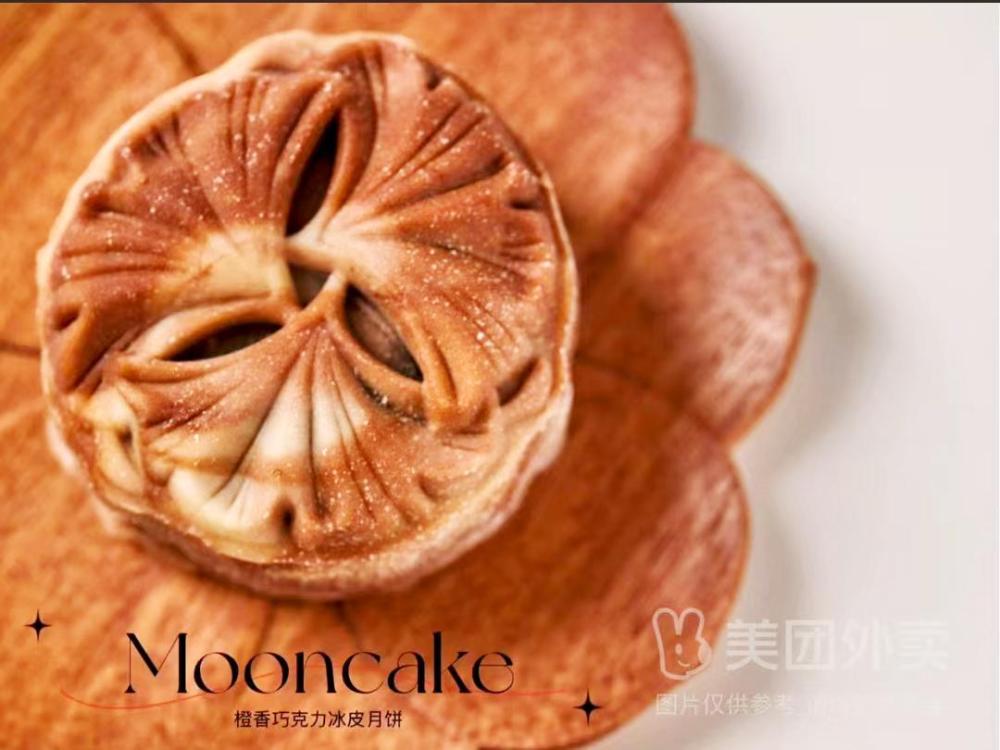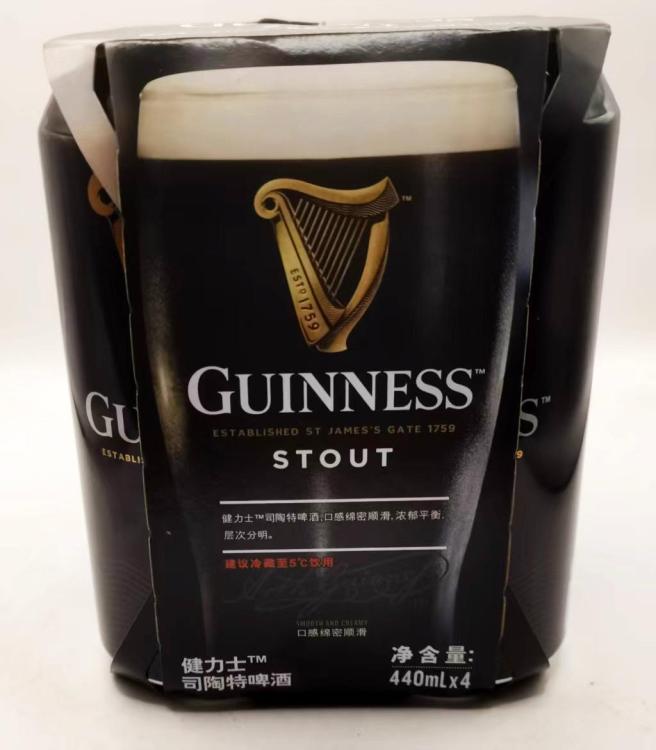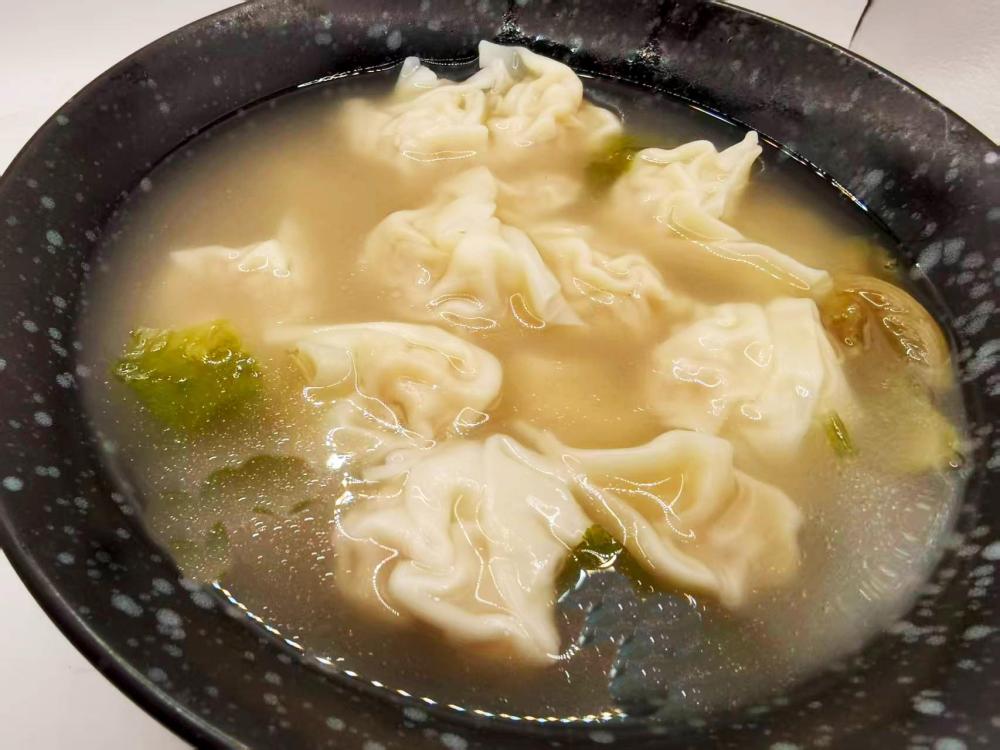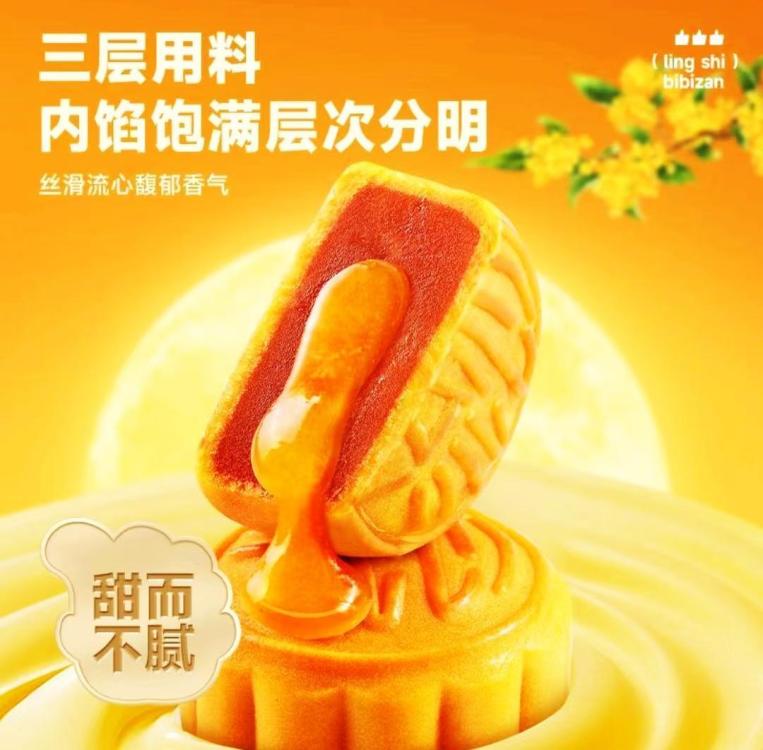-
Posts
16,725 -
Joined
-
Last visited
Content Type
Profiles
Forums
Store
Help Articles
Everything posted by liuzhou
-
The title of the video is ridiculous. These are nowhere near "every chicken in the world". They also talk some nonsense about silkies. And Bresse is never pronounced Bressé.
-
Millions of people in China (including me) have a fridge/freezer in their living room.
-
The cucumber is fine because they didn't have to cook it. One of the few things the locals will eat raw.
-
The goose used is a breed native to China, Anser cygnoides domesticus, a domesticated swan goose. The goose is highly glazed using maltose and the skin very crisp (and remains so for a long time). It is traditionally roasted over charcoal, but in recent years more often in gas fired ovens. It is very popular in HK as well as Guangdong and southern Guangxi. Widely available in HK, including in some Michelin starred goose restaurants as well as smaller mon 'n pop restaurants. They are always good - HK people don't put up with low quality geese.
-
- 551 replies
-
- 10
-

-

-

-
Apologies. I meant to write it is just regular rice vinegar combined with soy sauce as a dip.
-
-
Obviously, I meant "hadn't" realised.
-
Marketing. So far as I can make out they are claiming it's specially formulated to enhance crab. It contains no crab and is just regular rice vinegar.
-
Another day; another lunch 大闸蟹 (dà zhá xiè), mitten crabs aka hairy crabs. With 蟹醋 (xiè cù), crab vinegar for a dip (in the bottle).
-
They're at it again! This a screenshot of a dish sold as western food. The video is going viral here in China. Overcooked but unseared steak, some kind of spaghetti, random salad, a fried egg and a lump of cØrn. As served in every western home every day! Thankfully, the restaurant is over 1,000 miles from me.
-
You may have noticed that a number of the mooncakes I’ve mentioned are described as 冰皮 (bīng pí) something. This means ice skin. They are not baked like normal cakes but are fresh and are sold and stored frozen. They are not ice cream like, but are defrosted and then immediately eaten. These have been around a couple of years but have really exploded this year with lots of ‘new’ flavours turning up. These two are from the grasslands of China’s northern province, Inner Mongolia. First up is 醇厚奶香地道蒙味 (chún hòu nǎi xiāng dì dào méng wèi), full milk flavour authentic taste. Hmmmm. Next is 咖啡混合味月饼 (kā fēi hùn hé wèi yuè bǐng), coffee blend flavour mooncakes. Blended with what?
-
Yesterday. Crayfish in a Sichuan style mala sauce. Vinegar fried potato slivers and stir fried cabbage. Served with rice.
-
I was sitting yesterday thinking about some of the stranger fillings found in mooncakes when an idea struck me “I bet someone’s tried it” I said to no one in particular, so I had a look and sure enough some clot has. 冰皮半熟芝士月饼 (bīng pí bàn shú zhī shì yuè bǐng), Ice skin half-cooked cheese mooncake! Half cooked? More like half-baked idea! For a country supposedly running with end to end lactose intolerant citizens, they sure like to mess around with what they imaging to be cheese. In fact, it’s usually local renditions of the revolting additive-ridden slurry that is supposedly American “Cheese”. Bah humbug! Sorry, bout the crappy image from their advertising, but I ain’t going to buy one to do a better job. Note: So far they haven’t got round to making mooncakes from the dreaded evil yellow peril, but give ‘em time.
-
I think I'm turning Japanese. White Crane Dai Ginjo. 大吟醸 (dai ginjo) is sort of the equivalent of premier cru in French wines;; in other words a cut above every day drinking.
-
@Shelby You live in a very different world than mine and one I'll never see directly but I always love your hunting and other posts.
-
That scrambled egg looks well overcooked.
-
Continuing the chocolate theme, we have 巧克力脆皮榴莲冰皮月饼 (qiǎo kè lì cuì pí liú lián bīng pí yuè bǐng), chocolate crispy durian snowy mooncake. It is basically the same durian cake I mentioned before but coated in chocolate with nuts. I’ll pass. Chinese chocolate is not generally good, at all.
-
As China starts its 8 day public holiday, the locals are engaging in their favourite holiday activity – shopping. So the stores are going all out to promote their mooncakes before next Monday, the Mid-autumn festival. Among the offerings are a follow up to my last post. Inevitable, I suppose. Following the Hong Kong style “custard lava mooncakes”, it was only a matter of time until someone came up with a chocolate lava mooncake. 橙香巧克力冰皮月饼 (chéng xiāng qiǎo kè lì bīng pí yuè bǐng), orange scented chocolate iced mooncake.
-
It is brewed in Zhangzhou, Fujian Province, China. Only six breweries in the world? More like 18.
-
-
奶黄流心月饼莲蓉传统港式蛋黄爆浆月 (nǎi huáng liú xīn yuè bǐng lián róng chuán tǒng gǎng shì dàn huáng bào jiāng yuè), Traditional Hong Kong style custard mooncake with lotus seed paste and egg yolk. These are also sometimes known as ‘lava mooncakes’ or similar.), Traditional Hong Kong style custard mooncake with lotus seed paste and egg yolk. These are also sometimes known as ‘lava mooncakes’ or similar. Although HK in origin, the are becoming quite the fashion on the mainland.


